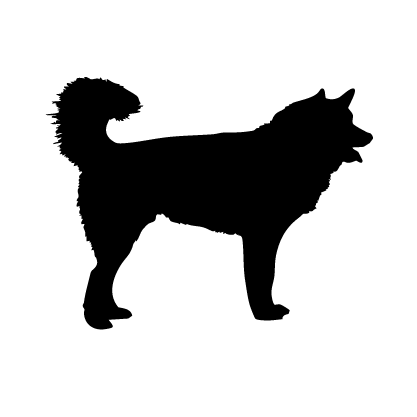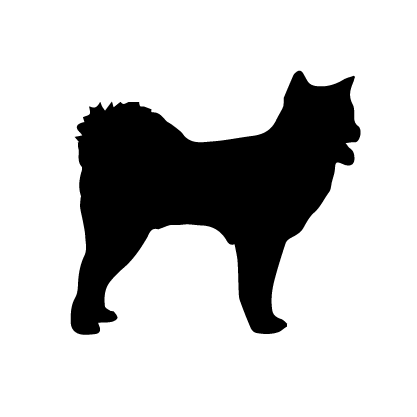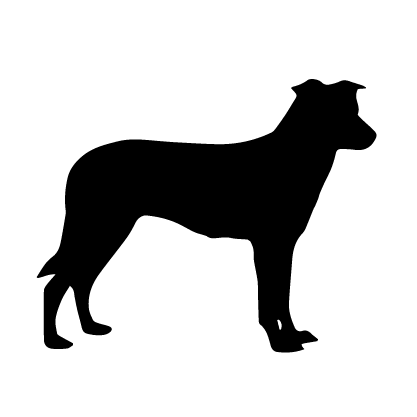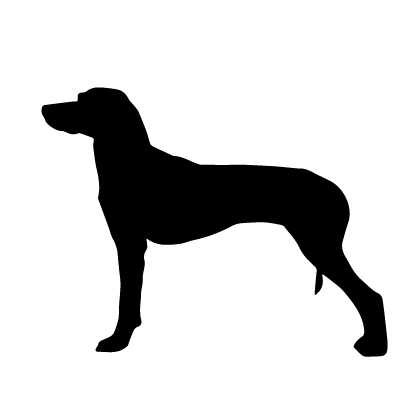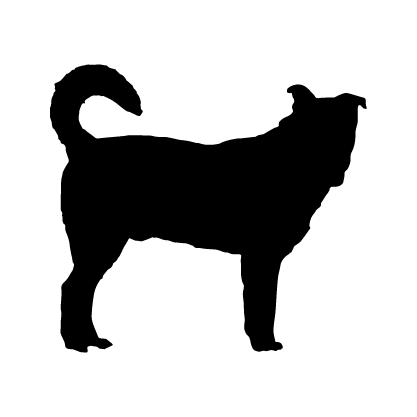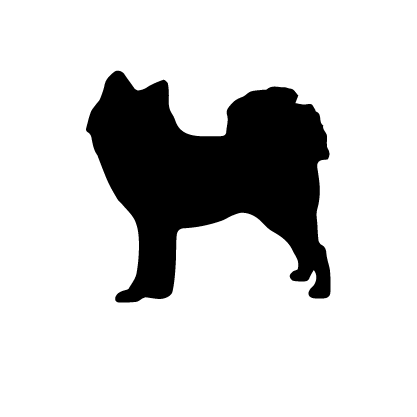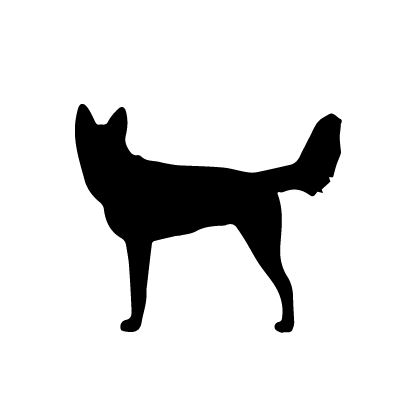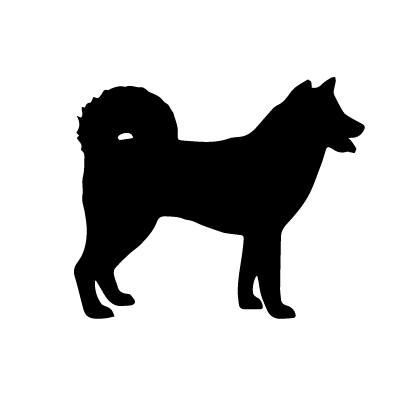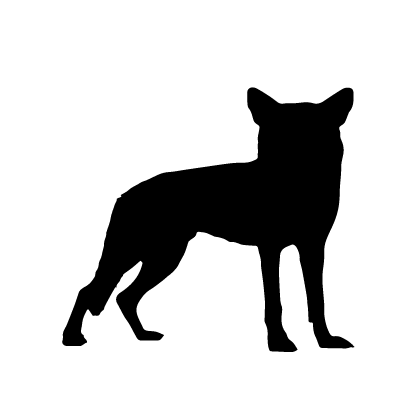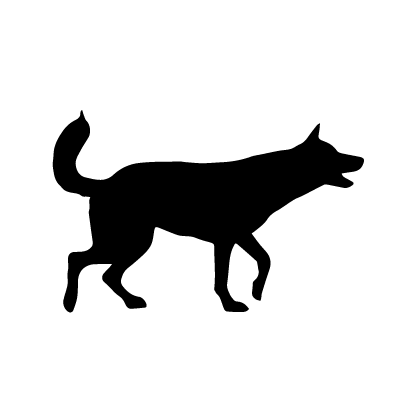Sledding Dogs
Sliding dogs are a type of dog breed specifically bred for the sport of sledding and pulling sleds, particularly in colder, snowy environments. These dogs have been trained and developed over centuries to work as part of a team, using their strength and stamina to pull sleds across long distances, often in harsh conditions. Their natural endurance, teamwork abilities, and hardworking nature make them essential for tasks like transporting goods, guiding explorers in remote areas, or participating in dog sled racing events. These dogs are not only functional but also deeply ingrained in various cultures, particularly in Arctic regions, where sled dog teams have historically been used for travel and work.
Physically, sliding dogs are strong, well-muscled animals with thick coats designed to protect them in freezing temperatures. Breeds like the Siberian Husky, Alaskan Malamute, and Samoyed are prime examples of sliding dogs, known for their stamina, size, and resistance to cold. Their coats are dense and water-resistant, and their paws are well-padded to handle the harsh, icy terrains they traverse. Sliding dogs are often larger breeds, with broad chests and strong legs to support the heavy loads they pull. Their tails are often curled over their backs, which helps protect them from the cold.
In terms of temperament, sliding dogs are generally known for their strong work ethic, loyalty, and high energy levels. They are bred to work in teams, so they tend to be social and cooperative, following commands from their human musher or handler. Despite their strong drive to work, many sliding dogs are friendly, affectionate, and good-natured with their families. They require regular physical activity and mental stimulation to stay happy, as their energy levels are incredibly high. For those who enjoy outdoor activities, sledding, or winter sports, sliding dogs make excellent companions and are known for their resilience, strength, and perseverance. However, they also require a lot of space to roam and engage in physical activity, making them best suited for active owners in colder climates.

